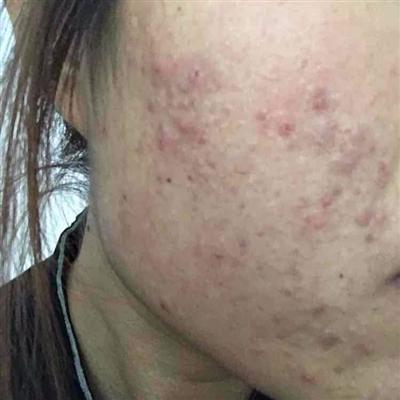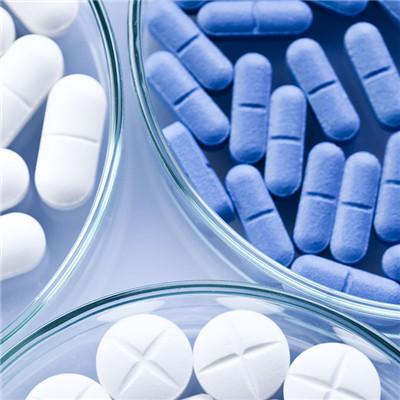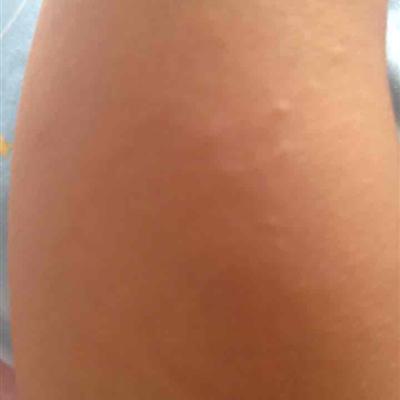Children nephrotic syndrome is divided into several categories?
summary
Nephrotic syndrome is a common disease in clinic. Many nephrotic patients will have nephrotic syndrome later. Nephrotic syndrome can be divided into primary and secondary. For children, the primary is mainly minimal change nephropathy, and there are many secondary, such as Henoch Schonlein purpura nephritis, hepatitis B virus associated nephritis, and systemic lupus erythematosus nephritis. Children nephrotic syndrome is divided into several categories? Now let me tell you something.
Children nephrotic syndrome is divided into several categories?
Generally speaking, parents are very worried when children are ill. Nephrotic syndrome is not common in children. They need treatment when they are young. They take a lot of drugs and have high requirements for their own diet and living habits. Children are very active. Many children with kidney disease will become depressed, personality changes, no longer optimistic and cheerful. So the impact of disease on children is very big.

There is a large amount of albuminuria, and the decrease of plasma albumin is due to the leakage of a large amount of albumin, which promotes the increase of liver protein synthesis. When the liver cannot compensate for the synthesis of albumin, hypoproteinemia will appear. There will also be edema, blood lipids will rise. The above four symptoms are typical clinical symptoms of nephrotic syndrome, and are also the criteria for the diagnosis of nephrotic syndrome.

Minimal change nephropathy is the main cause of primary nephrotic syndrome in children. About 30% - 40% of patients may spontaneously remiss after a few months. The disease needs to be treated with glucocorticoids. Patients sensitive to glucocorticoids begin diuresis after about two weeks of treatment. Urinary protein can be reduced, and serum albumin can return to normal within a few weeks. Therefore, children can be cured as long as they receive regular treatment.

matters needing attention
But this type of nephrotic syndrome incidence rate is as high as 60%, so after curing, we should pay attention to diet and lifestyle. For patients with recurrent episodes, the disease may turn into mesangial proliferative glomerulonephritis, and then into glomerulosclerosis. So the disease can be cured, but if repeated attacks, it may die, generally died of toxemia, need dialysis treatment.












